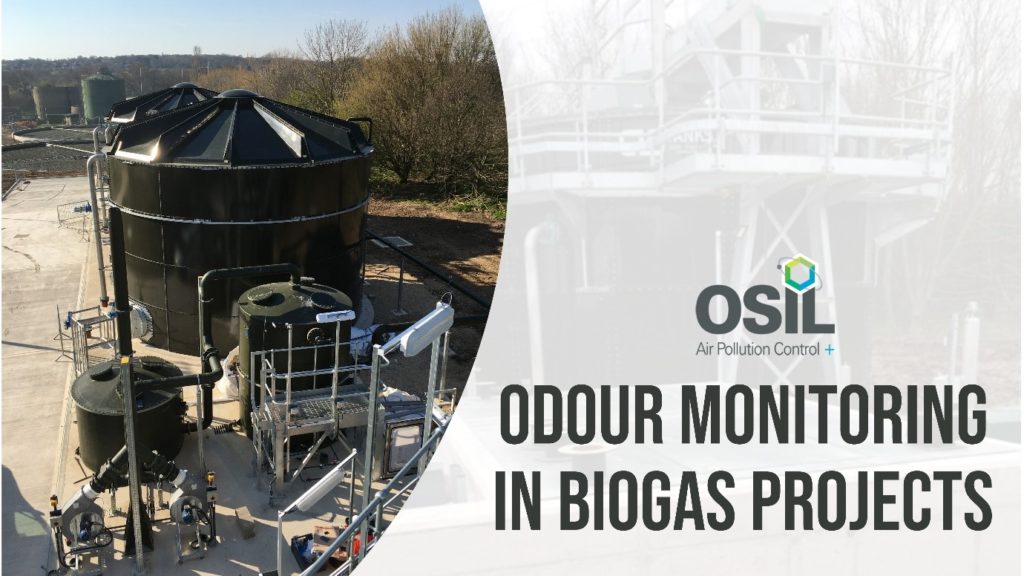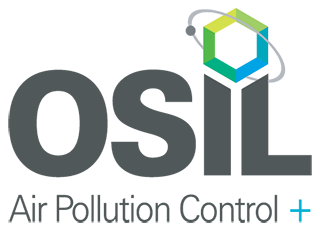
Odour monitoring in biogas projects is an essential stage of odour management. It is necessary to ensure that biogas production does not impact the local population. It can also help us locate and identify inefficiencies in equipment.
Biogas and odours
Because modern biogas production takes place in a hermetic environment, biogas plants shouldn’t produce unpleasant odours. However, as most plant operators would attest to, odours are a natural by-product of biogas production which can lead to disgruntled locals and regular complaints.
There are several reasons why biogas plants can smell:
- The use of non-hermetic equipment, especially during transportation, storage, loading and unloading of organic waste
- Old and outdated tanks and pipelines, especially those installed over a decade ago made from a metal prone to corrosion
- Poorly specified odour control systems, including inadequate filtration and wrongly specified odour control technologies
- Poorly maintained odour control systems, especially those that utilise carbon filters that need replacing after a set time
- Poorly planned and coordinated biogas plant activities, such as storage tanks being left open and logistics issues that expose waste to the environment.
For those in charge of odour management at biogas plants, there is a clear need to take an analytical approach to odour control. The correct procedure for enabling this in your biogas odour control strategy is odour monitoring.
Biogas and odour monitoring
Odour monitoring provides a reliable evaluation of the odours you produce so that the correct odour control solutions can be specified.
There are a variety of techniques we use for biogas odour monitoring:
Gas Chromatography Mass Spectrometry (GC/MS)
With GC/MS monitoring, we can study odours from liquids, gases and solids. Odours are monitored continuously over time so that data is collected from all biogas production processes across different cycles. This ensures we can collect all available data, not just a snapshot of available data from a moment in time.
Based on the collected data, we can understand the elements that need to be managed, how prevalent they are, and identify options for effective solutions.
Olfactometry
In biogas plants, olfactometry is used to measure odour levels and validate odour complaints. We offer industry-leading analysis where we work with accredited laboratories to identify odour thresholds. This allows us to provide an odour number that determines the strength of the odour in the collected sample.
Dispersion modelling
Dispersion modelling helps us understand how odours produced by your biogas plant impact the wider environment. You can think of this process as a series of surveys and tests that determine how odours cause air pollution.
Dispersion modelling will be necessary to build a complete picture of the environmental impact of your biogas production. We will test a variety of factors, including exit velocity, thermal rises, airflow and external factors like meteorological patterns. This will give us a clear picture of how your odours impact the environment.
Biogas and odour control
Odour monitoring eliminates guesswork by providing clear answers to questions regarding odour type, activity and dilution. This enables us to specify the right odour control solutions, so that nuisance odours become a thing of the past.
The standard odour control technology for biogas is biofiltration, which is extremely effective in applications where odours are mostly organic. Carbon filtration (dry media) can be added upstream for multi-stage odour control.
Want to find out more about odour monitoring in biogas projects? Contact us today and speak to one of our experts. Just call +44 (0) 1543 506855.
